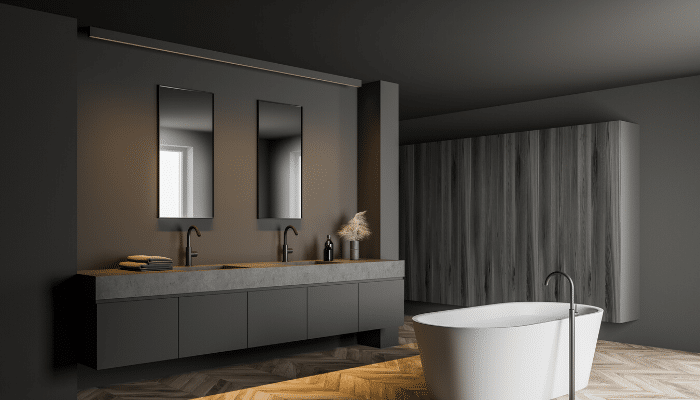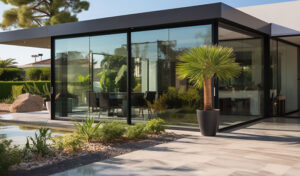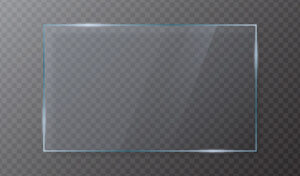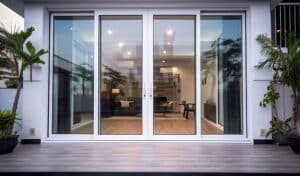Mirror production has evolved over the years and dates back to Ptolemaic Egypt, but it wasn’t until 15th century Europe when silvering was used. Manufacturing produced small glass mirrors backed by tin, lead, or antimony, which led to the modern process. To learn more about if modern mirrors still use the silvering method, continue reading today’s blog.
What is Silvering?
Silvering is a chemical process of coating a non-conductive substrate like glass with a reflective substance, to produce a mirror. “Back silvered” or “second-surface” is the standard way household mirrors were produced, meaning the light reaches the reflective layer after passing through the glass. A protective layer of paint is normally applied to protect the back side of the reflective surface.
Modern Silvering Process
Silvering produces a non-crystalline coating of metallic, or amorphous metal, with the conventional method of electroplating, chemical “wet process” deposition, and vacuum deposition. These methods require the deposition of a thin layer of conductive but transparent material like carbon that tends to reduce the adhesion between the metal and substrate. Using chemical deposition results in better adhesion, either directly or by pre-treatment of the surface. Vacuum deposition produces a uniform coating with a precisely controlled thickness.
The following are the metals used in mirror producing.
Silver
Actual silver is used as the reflective coating on a second surface, with a modern “wet” process for the silver coating that treats the glass with tin chloride, improving the bonding between silver and glass. When the silver has been deposited to harden the tin and silver coatings, an activator is then applied. The application of silver is ideal for telescope mirrors and other demanding optical applications because of the initial front-surface reflectivity in the visible spectrum. Still, it oxidizes quickly and absorbs atmospheric sulfur to create a dark, low-reflectivity tarnish.
Aluminum
Going back to telescopes, the typical silvering is done with aluminum. Although it does oxidize quickly, the thin aluminum oxide (sapphire) layer is transparent; this results in the high-reflectivity underlying aluminum staying visible. Modern aluminum silvering involves a sheet of glass placed in a vacuum chamber electrically heated with nichrome coils that can evaporate aluminum.
The vacuum allows the hot aluminum atoms to travel in straight lines, and when they hit the mirror’s surface, they cool and stick. Other methods used are evaporating a layer of quartz or exposing it to pure oxygen or air in an oven, forming a robust, transparent layer of aluminum oxide.
Gold
Infrared instruments are typically silvered with gold and have the best reflectivity in the infrared spectrum — this results in high resistance to oxidation and corrosion. A layer of thin gold is used to create optical filters that block infrared (by mirroring it back towards the source) while passing visible light.
For High-Quality Mirrors, Contact Murray Glass
Looking for silvering mirrors to adorn your bathroom, foyer, or other rooms? Our mirror experts are on-hand to answer questions and present you with options to consider. Contact Murray Glass for customized mirrors that include clear glass laminates, safety backed ones, and two-way mirrors. We serve Northern Utah counties that include Weber, Summit, Tooele, Salt Lake, and Utah counties.





